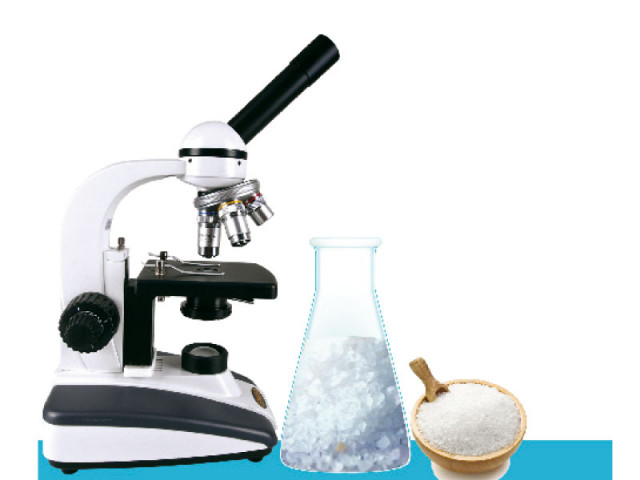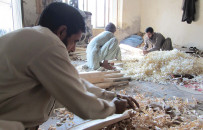Salt iodisation: 15 district officers complete training
Learn about the importance of salt iodisation, quality control.

Iodine deficiency among the people of Punjab has come down by 36 per cent since 2001, after the use of iodised salt at household level increased to 69 per cent from 17 per cent. Dr Mahmood Ahmad, the Food and Nutrition Organisation programme manager, was sharing results of a 2011 National Nutrition Survey at a training course for district health monitors from 15 districts in the south Punjab.
The training was part of the project under which lab technicians and district officers will be trained in all 34 Quality Control Laboratories to be set up soon by the Health Department and the Micronutrient Initiative, a non government organisation.
Explaining the importance of the use of iodised salt, Dr Ahmad told the trainees that severe iodine deficiency in mothers had declined from 37 per cent in 2001 to three per cent in 2011 and from 23 per cent to two per cent in children.

He said that the campaigns so far had been successful due to the efforts of district focal persons, food inspectors and district sanitary inspectors.
Pakistan is amongst some of the countries where Iodine deficiency disorder is still prevalent.
Micronutrient Initiative Programme Manager (Punjab) Munawwar Hussain stressed the need for focusing on ways to improve the salt iodisation monitoring at production level.
He said it was the duty of the district monitoring officers to ensure that salt was being iodised adequately by all salt processors.
Health Services Director Dr Muhammad Rafi also addressed the workshop.
Published in The Express Tribune, January 1st, 2013.



















COMMENTS
Comments are moderated and generally will be posted if they are on-topic and not abusive.
For more information, please see our Comments FAQ